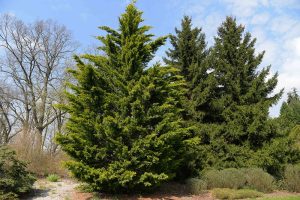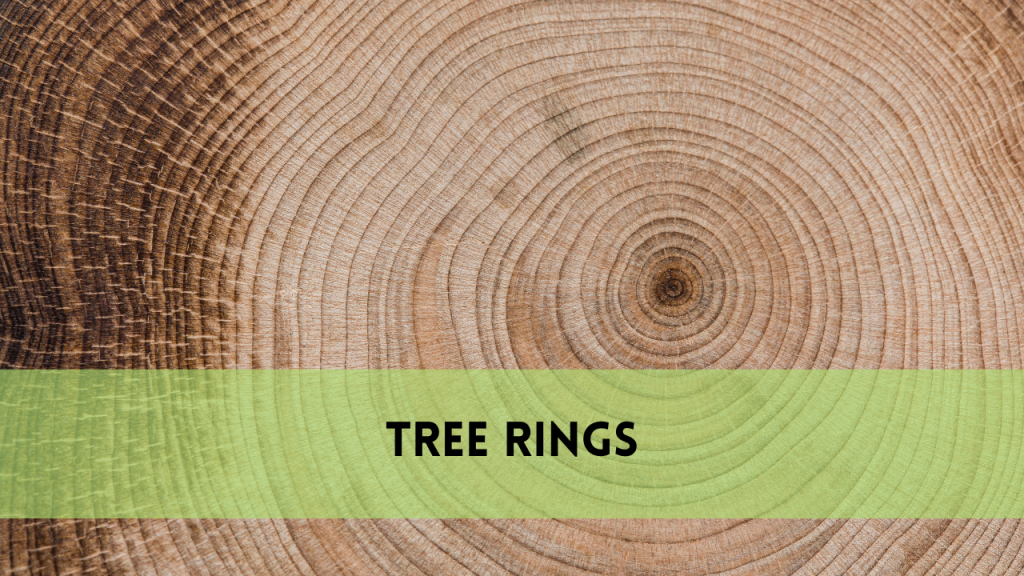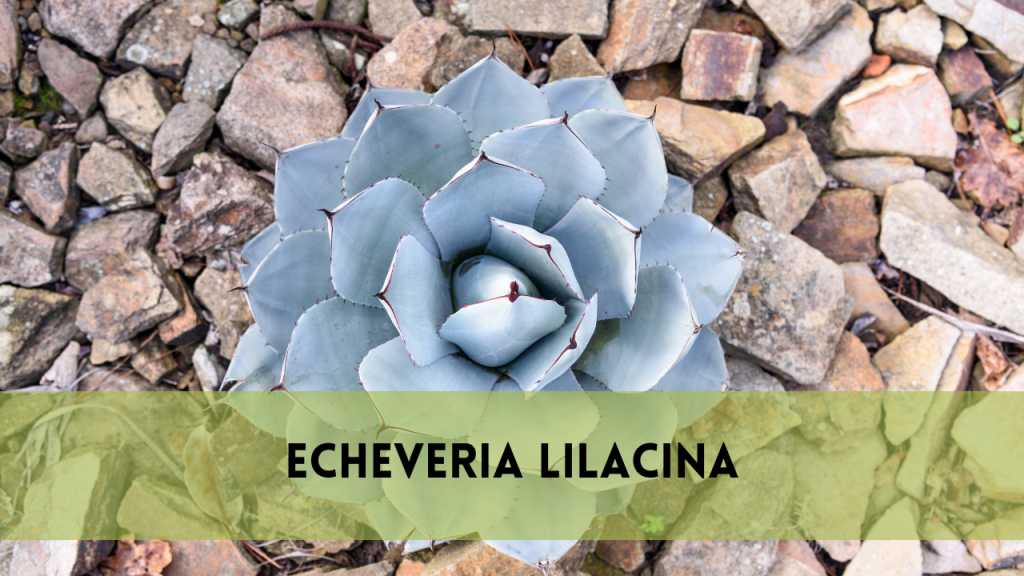Cypress tree Botanical Characteristics
Cypress trees are fascinating and diversified coniferous trees that have captivated humanity for generations. These trees, known for their endurance, magnificent look, and ecological benefits, are common in natural and urban environments. Arborist Heights strives to comprehensively understand cypress trees, from biological aspects to care and maintenance. This thorough reference will teach you everything you need to know about cypress trees, allowing you to appreciate their beauty and importance.
Cypress trees’ botanical characteristics
Cypress trees belong to the Cupressaceae family and can be found worldwide. They are often evergreen, which means they retain their leaves all year. Here are some essential botanical characteristics:
Leaves and Foliage
Cypress trees have needle- or scale-like leaves, usually grouped in opposite pairs or whorls. The foliage is frequently dense, offering great cover and a vibrant green appearance year-round. Some species, like the Bald Cypress, are deciduous, meaning they shed their leaves in the fall.
Bark & Wood
Cypress bark is thick and fibrous, and it often peels in strips. It is usually reddish-brown, becoming more ridged and wrinkled with age. The wood is highly resilient, resisting rot and insect damage, making it ideal for building and outdoor furniture.
Cones and Reproduction
Cypress trees reproduce via cones that vary in size and shape depending on the species. Male cones are small and generate pollen; female cones are more prominent and carry seeds. Wind and water frequently distribute the seeds, ensuring the species’ survival.
Popular Cypress Tree Species.
Various cypress trees are prominent in landscape and horticulture because of their distinct traits and adaptability. Here are a few famous examples:
Bald Cypress (Taxodium Distichum)
The Bald Cypress is endemic to the southeastern United States and is well-known for its capacity to survive in moist, marshy environments. It is a deciduous tree which sheds its needle-like leaves in the fall. The wood of the Bald Cypress is highly valued for its resistance to rot.
Monterey Cypress (Cupressus macrocarpa)
The Monterey Cypress, native to California’s central coast, is an eye-catching tree with a distinct windswept aspect. It is commonly used as a landscaping tree and can survive salty coastal breezes. Its lush foliage and twisted branches make it popular among landscapers.
Leyland Cypress (× Cuprocyparis leylandii)
The Leyland Cypress is a fast-growing hybrid plant commonly used for privacy screens and hedges. It’s a hybrid between Monterey Cypress and Alaskan Cedar. Its quick growth and dense leaves make it an excellent choice for establishing natural barriers.
Ecological Importance of Cypress Trees
Cypress trees play a significant role in ecosystems and offer several ecological advantages.
Habitat and Shelter
Cypress trees provide shelter and habitat for a wide range of species. Birds, animals, and invertebrates frequently use cypress trees for nesting and predator protection.
Erosion Control
Cypress trees’ extensive root systems aid in anchoring soil and preventing erosion, especially in wetland environments. This makes them critical for preserving the integrity of riverbanks and coastal areas.
Water Filtration
Cypress trees in wetland environments serve as natural filters, trapping sediments and absorbing pollutants. This leads to a healthier marine environment.
Cultivation and Care of Cypress Trees
Cypress trees are popular among professional landscapers and amateur gardeners due to their ease of cultivation and care. Here are some guidelines for properly establishing and maintaining your cypress trees:
Planting
When planting cypress trees, select an area with well-drained soil and lots of sunlight. The trees should be spaced appropriately to allow for their mature size, ensuring that they can develop without crowding one other.
Watering
Cypress trees require constant watering, particularly in their early years of growth. Once planted, they are pretty drought-tolerant. Keep the soil wet but not saturated.
Pruning
Pruning is vital for keeping cypress trees in form and healthy. Remove dead or diseased branches and thin out dense areas to improve air circulation. Prune in late winter or early spring before new growth appears.
Fertilizing
Cypress trees benefit from occasional fertilization, especially in nutrient-poor soils. Use a balanced, slow-release fertilizer in the spring to encourage healthy growth and foliage.
Cypress Tree Florida
Cypress trees are iconic in Florida, especially in the state’s wetlands and swamp areas. There are two primary species of cypress trees native to Florida: Bald Cypress (Taxodium distichum) and Pond Cypress (Taxodium ascendens). These trees are well-suited to the state’s wet and humid environment.
1. Bald Cypress (Taxodium distichum)
- Appearance: Bald Cypress trees are large, deciduous conifers that can grow up to 70-130 feet tall. They have a distinctive conical shape, especially when young, and develop a wide, flared base (known as “buttressing”) as they mature. The leaves are needle-like and turn a rusty brown color before falling in the autumn.
- Habitat: This species is commonly found in swamps, riverbanks, and floodplains. They are often seen growing in standing water and are known for their “knees” (pneumatophores) that rise above the water or soil surface.
- Ecological Importance: Bald Cypress trees provide crucial habitat for various wildlife, including birds, amphibians, and insects. They also play a key role in stabilizing wetland ecosystems by preventing soil erosion.
2. Pond Cypress (Taxodium ascendens)
- Appearance: Pond Cypress is similar to Bald Cypress but typically grows in shallower water and is slightly smaller, often reaching 50-60 feet tall. The leaves of Pond Cypress are more thread-like and grow closer to the branches, giving the tree a more compact appearance.
- Habitat: This species is usually found in still, shallow waters such as ponds and cypress domes, a type of wetland unique to Florida.
- Ecological Importance: Pond Cypress trees also provide habitat and support biodiversity, particularly in the unique cypress dome ecosystems of Florida.
Adaptations and Uses
- Water Adaptations: Both species are well-adapted to wet environments. Their “knees” are thought to help in gas exchange or stabilization in soft, wet soils, although the exact function is still debated.
- Wood: Cypress wood is highly valued for its resistance to rot and decay, making it a popular choice for outdoor construction, such as decks, docks, and fences.
Common Pests and Diseases
Cypress trees are generally hardy, however they are vulnerable to some pests and diseases. Being aware of these potential concerns allows you to take preventive actions and handle problems when they arise.
Bagworms are silk-producing caterpillars that feed on the foliage of cypress trees. They can cause substantial damage if not managed properly. Manual bag removal and insecticide application can help manage infestations.
Cypress Canker
Cypress canker is a fungal disease that develops cankers on the trunk and branches, resulting in dieback. Pruning afflicted areas and using fungicides can assist in slowing the spread of this disease.
Spider mites are little bugs that feed on cypress sap, leading to discoloration and leaf drop. Spider mite numbers can be managed by regularly washing the leaves with water and using miticides.
Cypress trees are adaptable and suitable for a variety of landscape uses. Their distinctive features make them appropriate for a variety of design purposes:
Privacy Screens and Hedges
Cypress trees’ dense foliage makes them suitable for creating privacy screens and hedgerows. Species such as the Leyland Cypress grow swiftly and can be molded into excellent natural barriers.
Specimen trees
Certain cypress species, including the Monterey Cypress, are frequently used as landscape specimen trees. Their unusual appearance and striking forms make them stand out in gardens and parks.
Wetland and riparian restoration
Cypress trees are widely employed in wetland and riparian restoration projects because they thrive in damp circumstances and help to stabilize soil. They contribute to the development of healthy, long-lasting ecosystems in these regions.
Related Posts:
FAQS
1. When is the optimum time to plant a cypress tree?
Planting a cypress tree is best done in early spring or fall when temperatures are moderate. This permits the tree to form roots before being stressed by high heat or cold.
2. How frequently should I water my cypress tree?
Young cypress trees require constant watering to keep the soil moist but not saturated. Once established, they are more drought-tolerant, although they require occasional heavy watering during dry spells.
3. Do cypress trees thrive in moist soil?
Several types of cypress trees, including the Bald Cypress, grow in wet, swampy situations and are ideal for planting in places with poor drainage or near bodies of water.
4. How quickly do cypress trees grow?
Cypress trees grow at different rates depending on the species. Under ideal conditions, Leyland Cypress can grow up to 3-4 feet per year, but Bald Cypress grows at a slower rate of 1-2 feet per year.
5. Are cypress trees prone to pests and disease?
Cypress trees are reasonably durable. However, they can be infested by bagworms, spider mites, and diseases like cypress canker. Regular monitoring and care can help avoid and manage these problems.
Conclusion
Cypress trees are a helpful asset in both natural and urban settings. Their durability, environmental benefits, and aesthetic appeal make them popular for various applications. Arborist Heights is committed to providing you with the knowledge and resources to enjoy and care for these fantastic trees. Whether planting a new cypress tree or caring for an existing one, understanding their traits and needs can help them thrive for centuries.




